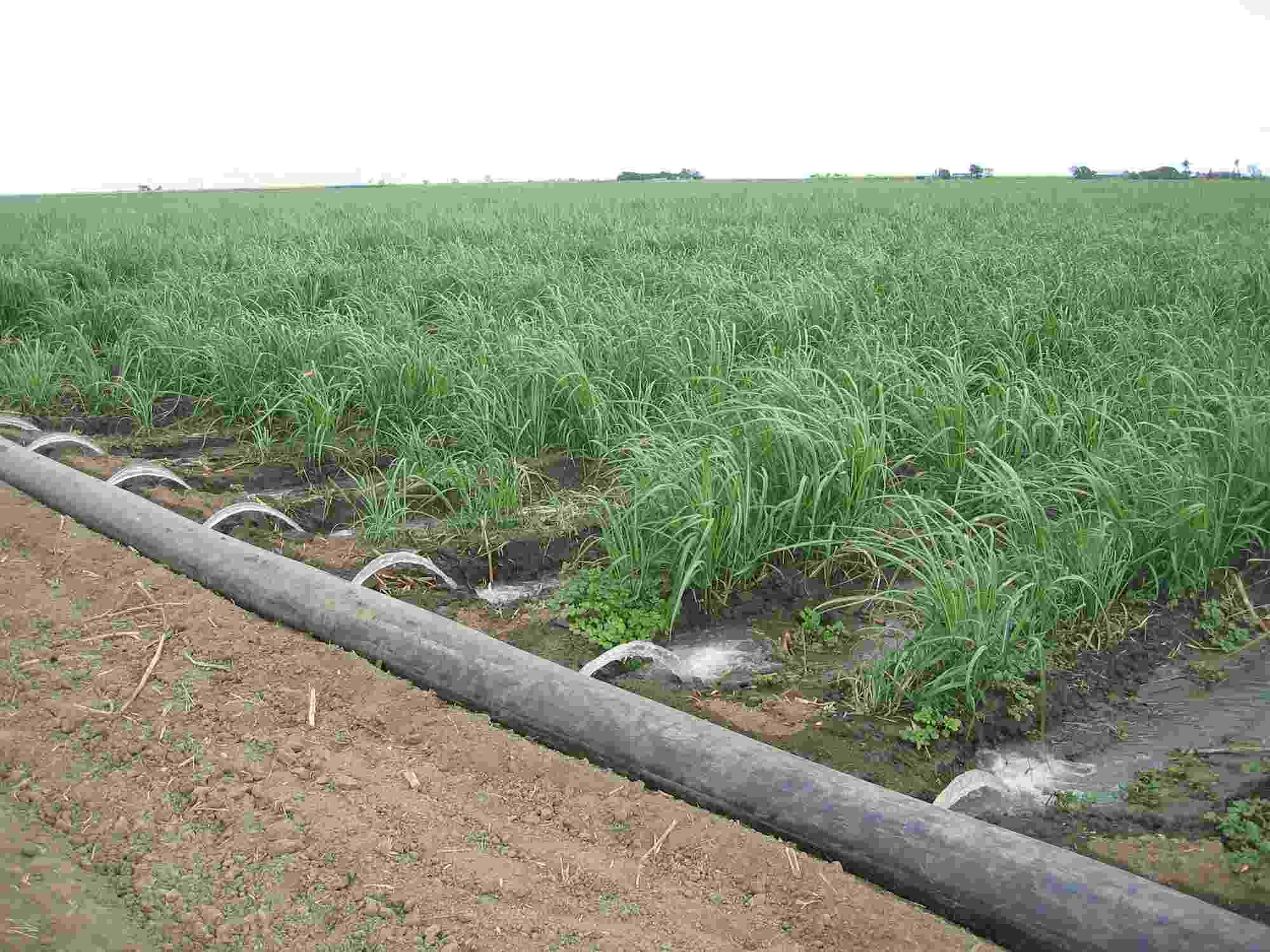Authors: Adane Sirage Ali, Sirak Robele Gari, Michaela L Goodson, Claire L Walsh, Bitew K Dessie, and Argaw Ambelu
Due to rapidly growing demand, the production of vegetables is increasing along the Akaki Rivers. The objective of this study was to examine the degree of fecal contamination and levels of fecal contamination and dissemination throughout the wastewater irrigation system. Irrigation water, irrigated soil, and leafy vegetables were collected twice during 2 vegetable growing seasons, at the maturity period of the growing season, from 19 sampling points along the 2 Akaki Rivers. Composite samples were taken from all sampling points and E.coli was enumerated. The mean E.coli load in wastewater and non-wastewater sources were 1.16±5.53 CFU/100 ml and 2.232±1.292 CFU/100 ml respectively. All counts of E. coli in the wastewater exceeded the WHO’s standards indicating that the irrigation water quality was unacceptable. In the wastewater-irrigated and non-wastewater-irrigated soil, the mean E.coli were 3.62 ±1.582 CFU/g and 1.322±87.1 CFU/g respectively. Meanwhile, the mean E.coli counts on the lettuce and Swiss chard were 78 ± 2 CFU/g and 44 ±3CFU/g respectively. The E.coli count on the leafy vegetables was found to be associated with the E.coli in the wastewater and soil. The production of leafy vegetables using wastewater with unacceptably high levels of E.coli and high occupational exposure introduces high levels of risk to the farming communities and to the consumers. Leafy, low-growing raw edible vegetables need careful treatment during food production and harvesting procedures or activities.





